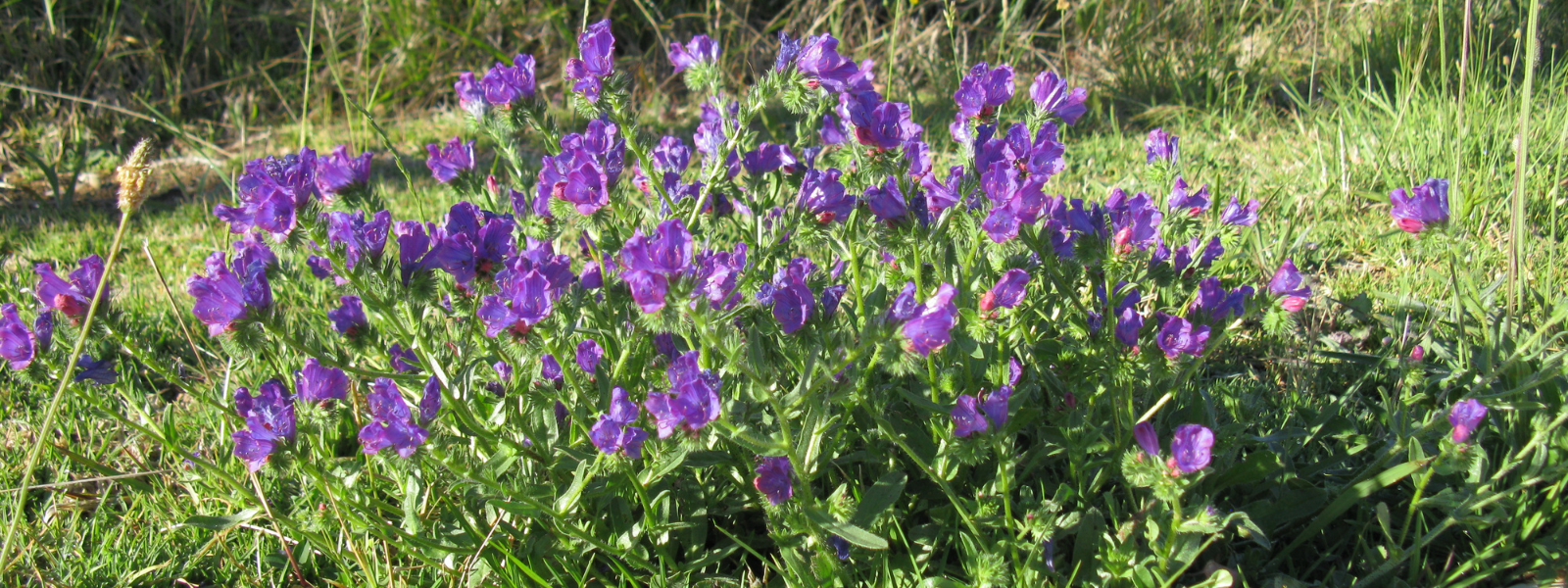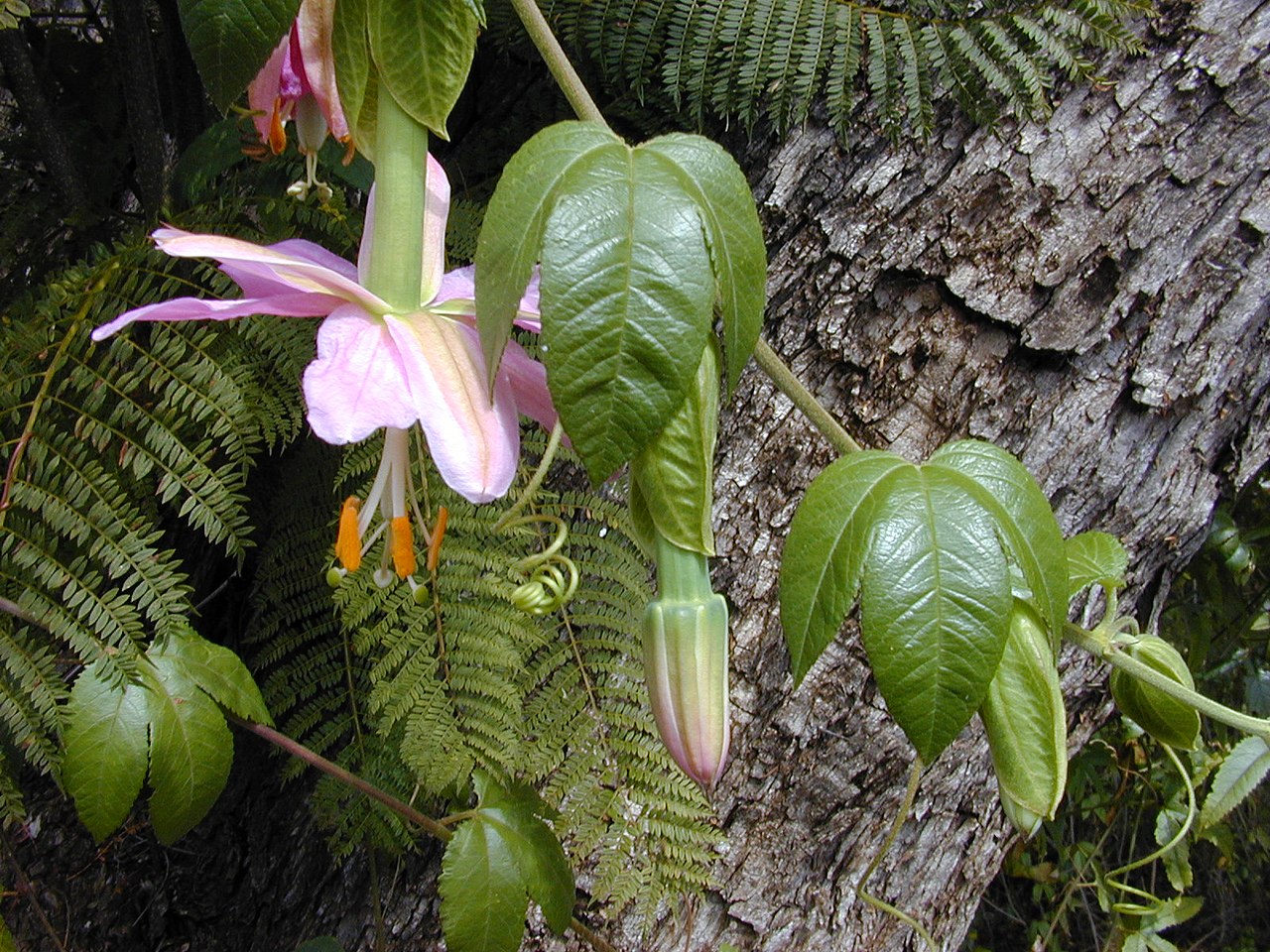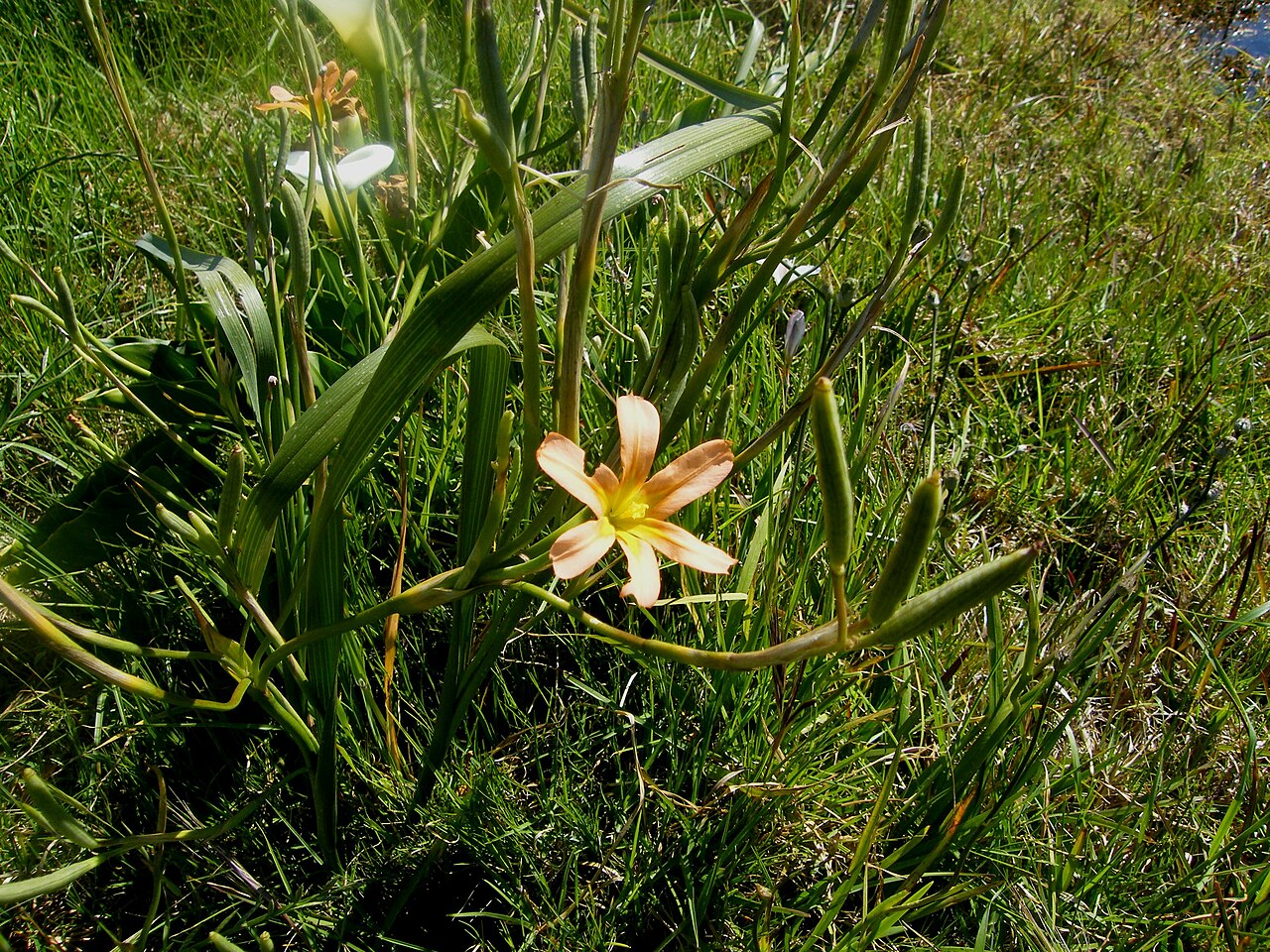
Common Name
Patterson's Curse, Salvation Jane, Blueweed, Lady Campbell weed or the Riverina bluebell
Scientific Name
Echium plantagineum
Family
Boraginaceae
Lifecycle
Annual or Biennial
Seasons of Growth
Spring to Autumn
Key Distinguishing Feature
Herb with blue to purple flower spikes
• Growth Form: Patterson's Curse is an herbaceous plant that can vary in size but often reaches heights of 30-60 centimeters (12-24 inches). It has a rosette growth form in its early stages.
• Leaves: The leaves are lance-shaped, covered in bristly hairs, and typically form a basal rosette. They may vary in colour from green to greyish-green.
• Flowers: The flowers are trumpet-shaped and bright blue to purple in colour, with a white or pink throat. They are borne on tall, branched stems.
• Fruit: Patterson's Curse produces small, bristly nutlets as fruit.
• Habitat: Patterson's Curse is commonly found in a variety of habitats, including pastures, roadsides, and disturbed areas. It is native to the Mediterranean region but has naturalized in other regions, including Australia and the United States.
Ecological Impact:
• Patterson's Curse is considered invasive in many regions where it has naturalized. It can form dense stands, outcompete native vegetation, and reduce forage quality for livestock.
• The plant is toxic to livestock when ingested in large quantities.
Control Methods:
• Control of Patterson's Curse often involves a combination of mechanical, chemical, and cultural methods.
• Mechanical methods include hand-pulling, mowing, or grazing with livestock that can consume the plant.
• Herbicides may be used for control, but care must be taken to use them safely and effectively, following local regulations.
• Preventing the establishment and spread of Patterson's Curse through early detection and removal is important.
Patterson's Curse is a challenging invasive plant that requires active management to prevent its spread and protect native ecosystems and livestock grazing areas. Local agricultural and environmental agencies often provide guidance on the best control practices for this invasive species.
Key Products for Control:
-
Adama Picoflex - Picloram (present as potassium salt)
-
Adama Safari - Triclopyr
-
Adama Sierra - Saflufenacil
-
Adama Cutlass - Dicamba




